New Planned Specs
New architecture that leans more toward RISC, but has many similarities to x86 architecture.
- 64-bit
- 4 general purpose registers
- 2 pointer registers
- should be ABSURDLY FAST (for an FPGA)
- Still in the works....
Old Specs for early N016 CPU
This cpu was my first ISA design, and really had serious problems with speed. It simply did too much per clock cycle and had a ridiculous number of instructions. Studying the Z80 taught me a lot about good performance.
This FPGA computer, so far, has:
- 2 clock inputs
- UART input/output (for communication with graphics card)
- CPU, also work in progress
- a 31-bit timer
- very basic BIOS to load program from disk, will be improved
- PS2 Keyboard support
I am going to add:
- Operating system
- Specs so far
- 16-bit CPU
- 50MHz (could probably run at 100MHz with even more pipelining)
- Only ROM for now since I'm still getting hardware going good
 Dylan Brophy
Dylan Brophy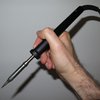


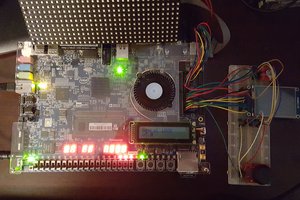
 Matt Stock
Matt Stock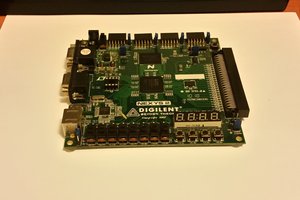
 Samuel A. Falvo II
Samuel A. Falvo II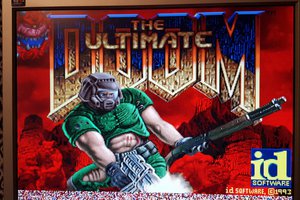
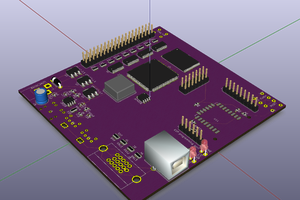
 london almida
london almida
I have seen the structure and design of your created FPGA computer which is absolutely appreciable. I like to visit gamblizard.com/deposit-bonuses/200-casino-bonus source for 200% Deposit Bonuses.I have to say that you can increase the speed more than the 133MHZ by introducing some required changes.